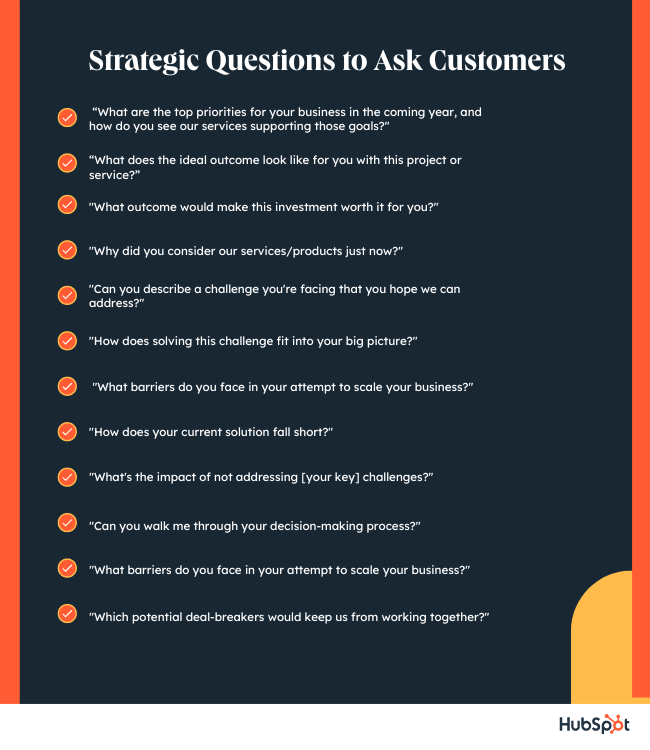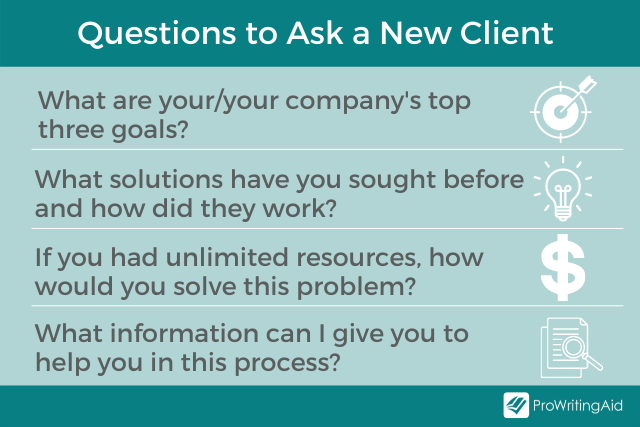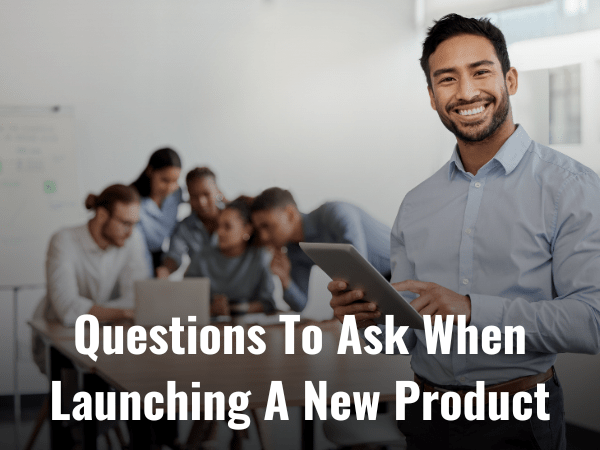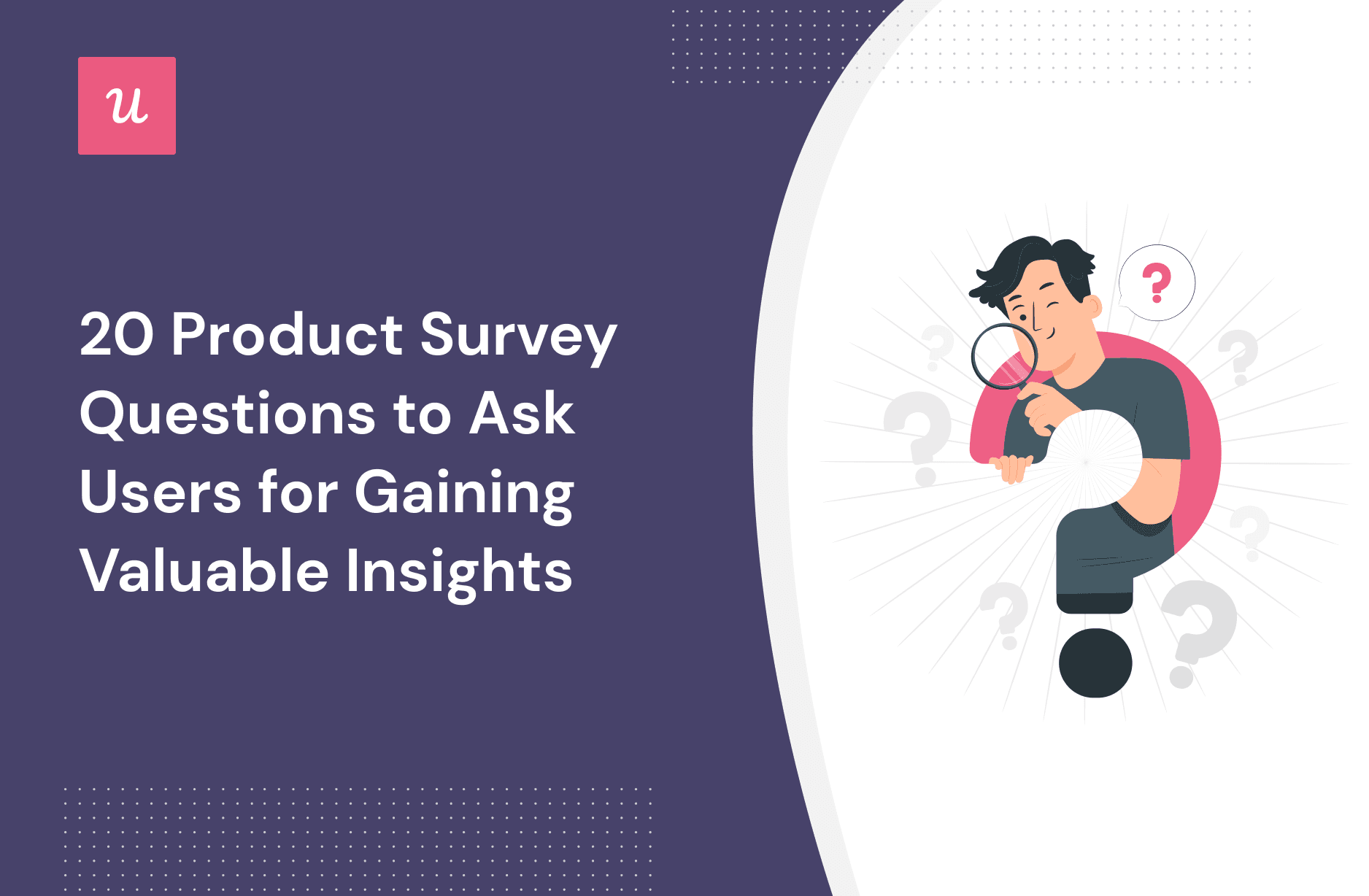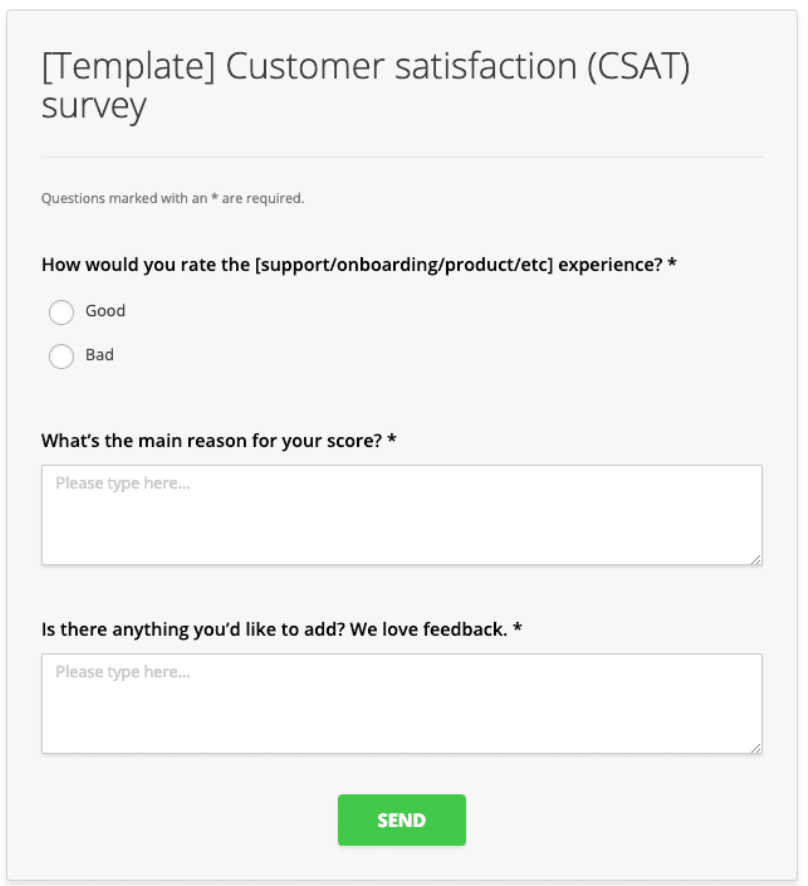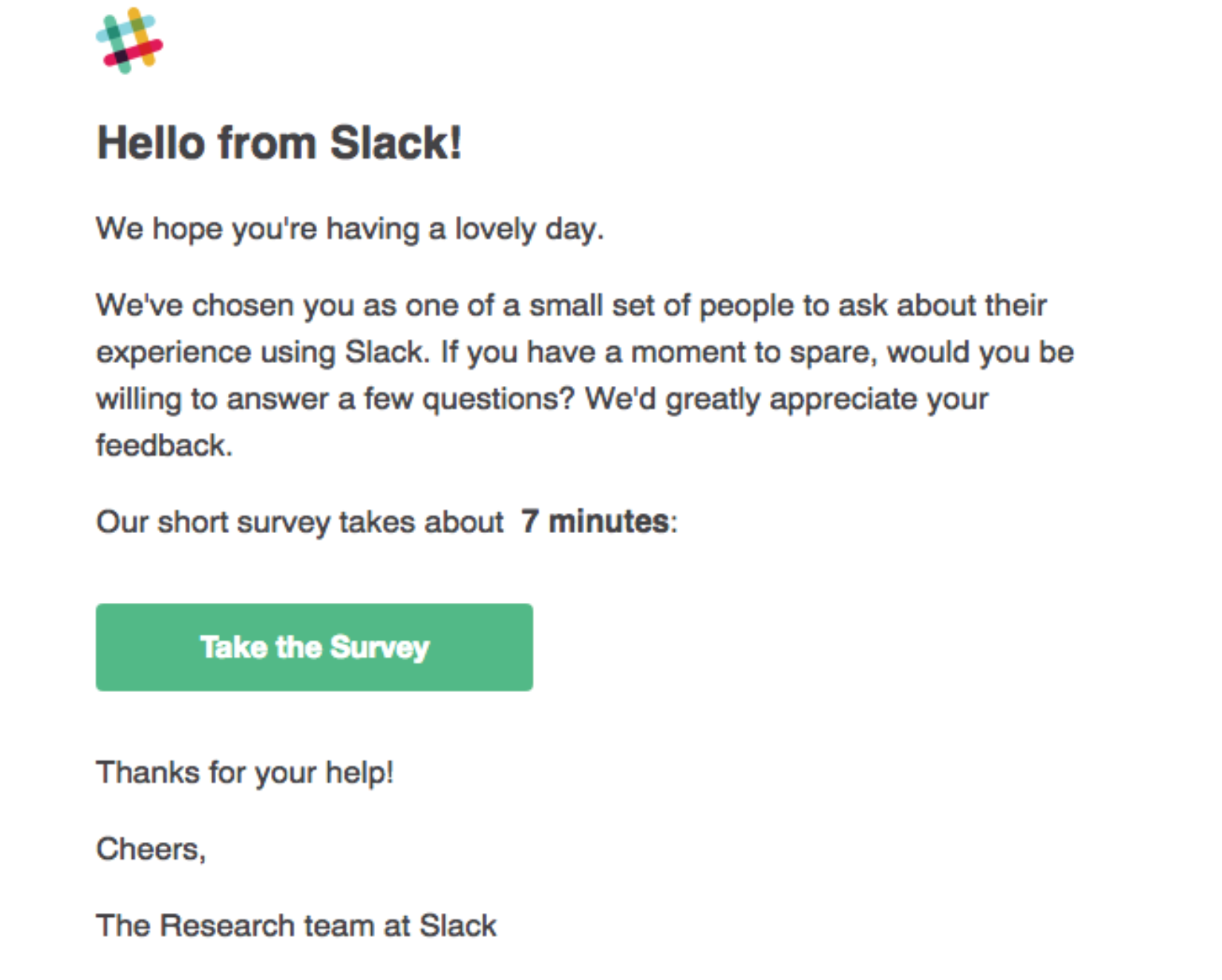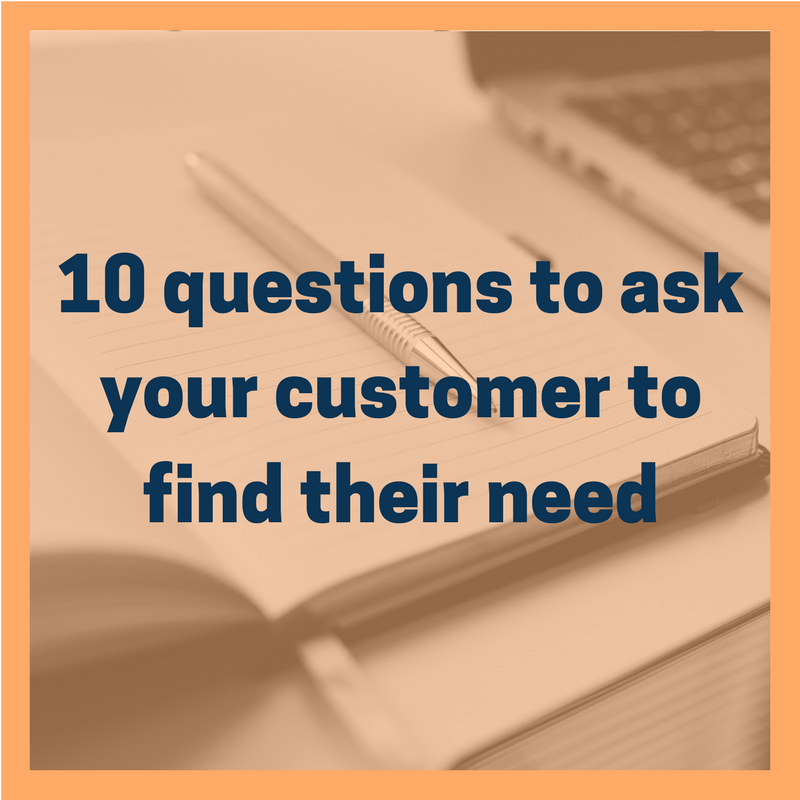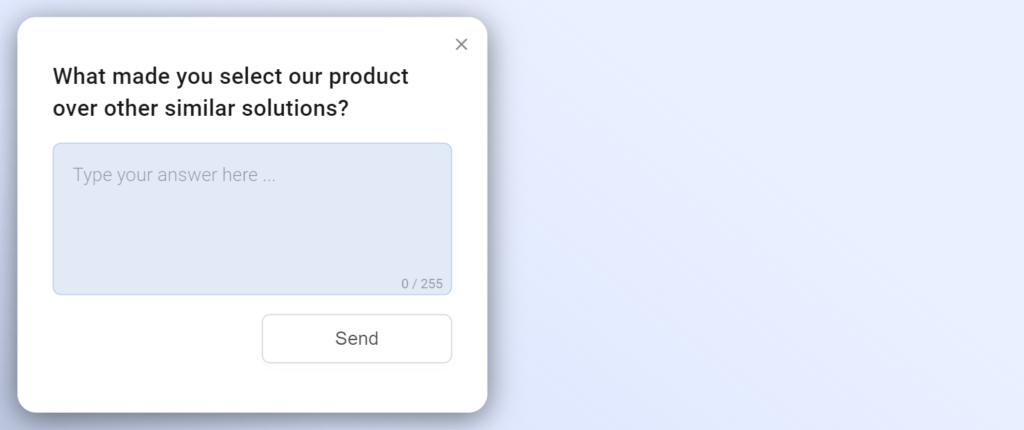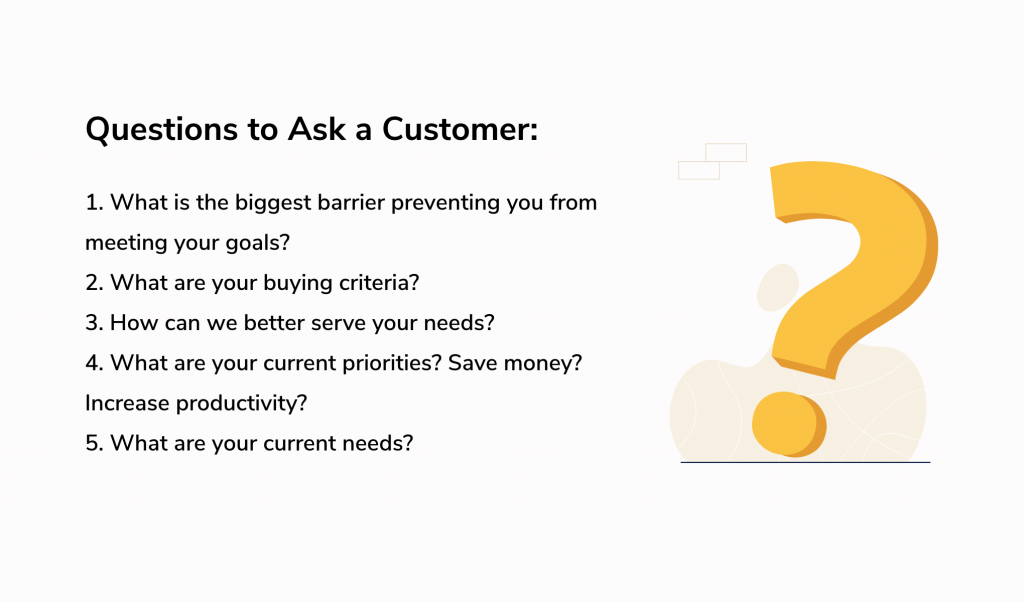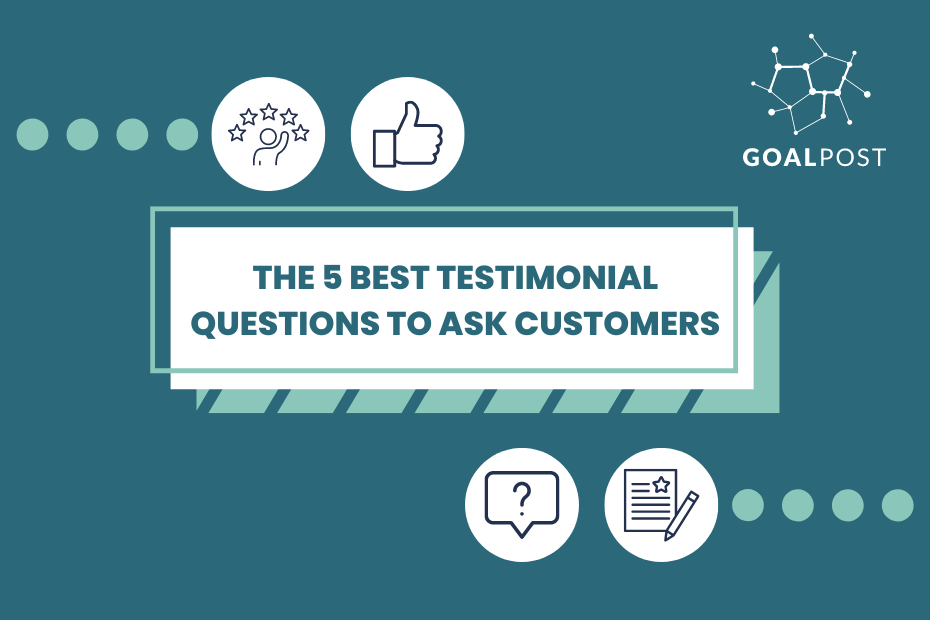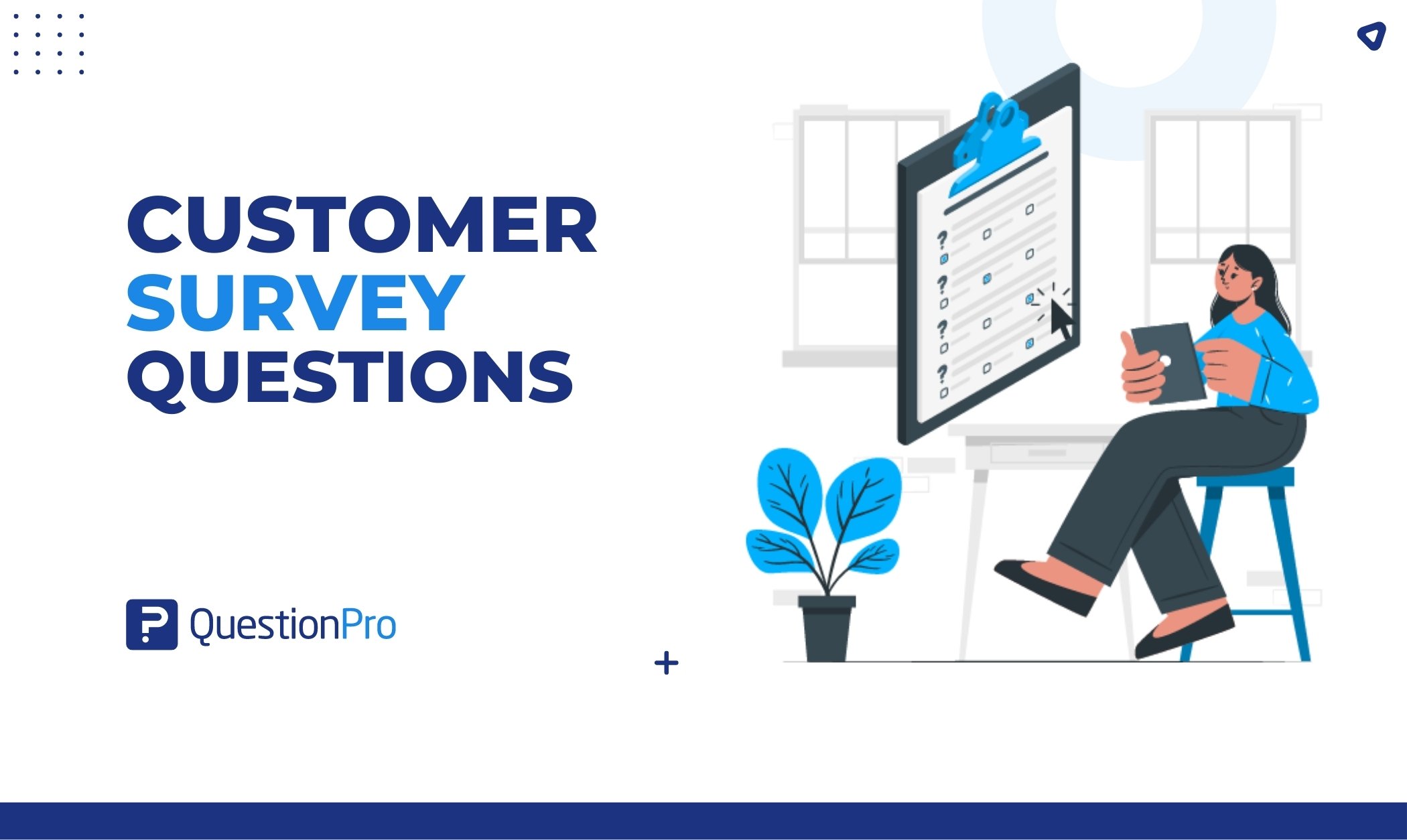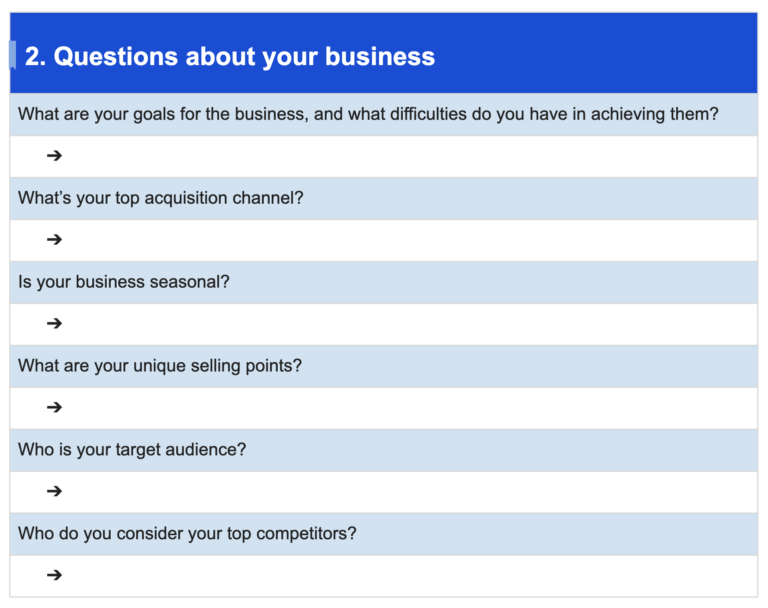Questions To Ask Customers About A New Product
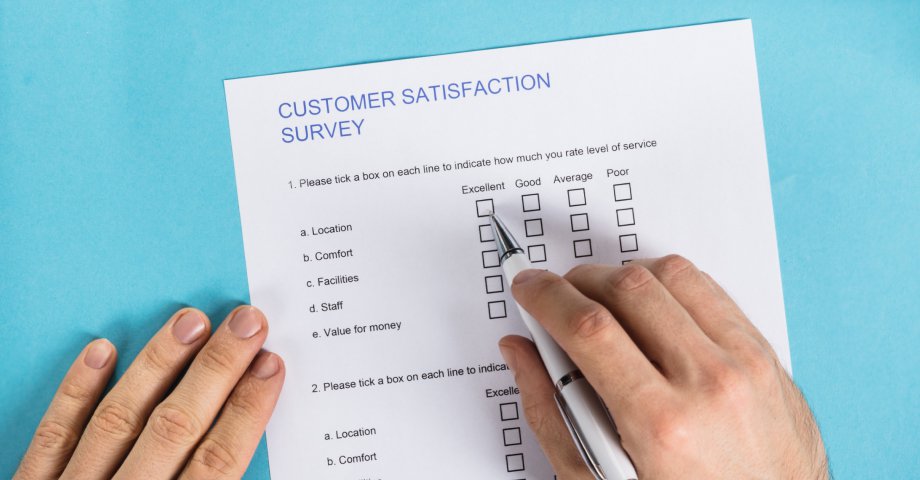
The launch of a new product is a critical moment for any business. More than just a marketing blitz, it's a pivotal test of whether the organization truly understands its target audience. Before the first unit ships, savvy companies arm themselves with insights, gleaned directly from the people who will ultimately decide the product's fate: the customers.
At the heart of a successful product launch lies a series of well-crafted questions designed to validate assumptions, identify unmet needs, and uncover potential pitfalls. This article delves into the key inquiries businesses should pose to their customers during the crucial pre-launch phase, drawing on insights from product development experts and market research methodologies to ensure the new offering resonates with its intended users. The goal is to move beyond guesswork and build a product that not only meets but exceeds customer expectations.
Understanding Needs and Pain Points
Before diving into specific product features, it's essential to grasp the fundamental problems the product aims to solve. Start by asking: "What are the biggest challenges you face in [relevant area]?" This open-ended question allows customers to articulate their pain points in their own words, revealing nuances that might otherwise be missed.
Follow up with questions like: "What existing solutions have you tried, and what were their limitations?" and "What would your ideal solution look like?" These questions help to clarify the competitive landscape and identify opportunities for differentiation.
Evaluating the Proposed Solution
Once a prototype or detailed description of the new product is available, it's time to gather feedback on its specific features and functionality. Begin with a broad question like: "What are your initial impressions of this product?" This provides a general gauge of customer sentiment and can highlight areas of immediate interest or concern.
Then, delve into the details: "Which features do you find most appealing, and why?" and "Are there any features you find confusing or unnecessary?" Focus on user experience with questions: "How easy do you think this product would be to use?" and "How much time would this product save you?"
Price sensitivity is a crucial consideration. Asking: "How much would you be willing to pay for a product like this?" provides valuable data for pricing decisions. Consider using price anchoring techniques (e.g., offering a range of prices) to elicit more accurate responses. A recent study by Price Intelligently indicated that willingness-to-pay surveys are 15% more accurate when paired with competitor pricing data.
Gathering Feedback on Value Proposition
A clear and compelling value proposition is essential for driving adoption. Ask customers: "What benefits do you expect to receive from using this product?" This helps to ensure that the marketing messages align with customer expectations.
Additionally, ask: "How would you describe this product to a friend or colleague?" This can reveal the core message that resonates most effectively with the target audience. Identify potential weaknesses by asking: "What concerns do you have about this product?"
In a 2023 Forrester report, it was highlighted that companies that proactively address customer concerns in the pre-launch phase see a 20% increase in initial adoption rates. It's beneficial to directly ask about any reservations or potential drawbacks the customer can foresee.
Refining and Iterating Based on Feedback
The pre-launch phase is an iterative process, and feedback should be used to refine the product and its marketing. It's crucial to ask: "Based on your feedback, what changes would you recommend?" This empowers customers to co-create the product and increases their sense of ownership.
Use a Likert scale, asking questions like: "How likely are you to recommend this product to others?" This provides a quantitative measure of customer satisfaction. Follow up with: "Why did you give that rating?" to gain deeper insights into the underlying reasons.
It's important to be transparent with customers about how their feedback will be used. Assure them that their input is valued and will be used to improve the product.
“The purpose of gathering customer feedback isn't simply to collect information; it's to build a stronger, more customer-centric product,”says Melissa Perri, author of "Escaping the Build Trap."
Looking Ahead: Long-Term Engagement
The pre-launch phase is also an opportunity to build relationships with early adopters. Ask customers: "Would you be interested in participating in future product testing or feedback sessions?" This can create a valuable pool of advocates who can provide ongoing insights and support the product's evolution. In closing it's important to remember to thank the customers.
Launching a new product is always a challenge, but by engaging customers early and actively soliciting their feedback, businesses can significantly increase their chances of success. By carefully crafting the right questions and actively listening to the responses, companies can build products that truly meet the needs and exceed the expectations of their target audience, creating a win-win for both the business and the customer.
